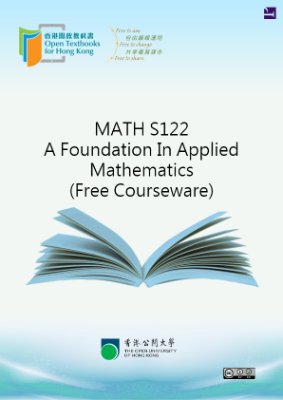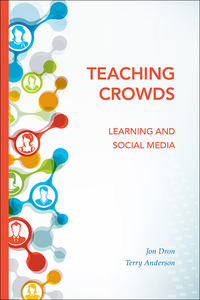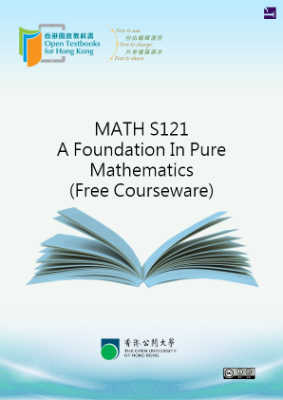This module develops concepts and techniques for studying functions. You will learn about one of the foundations of applied mathematics, i.e. the algebraic and graphic methods for studying functions. You’ll be introduced to clear define and recognize functions, see how they constitute a special type of relation, and then move on to consider the simple, useful class of functions called linear functions. Along the way you’ll have plenty of chances to practise what you’re learning in examples and exercises.
Introduction to functions
This module prepares you to apply mathematical relations to solving practical problems. The first question is: what are relations? This can be a pure mathematical question that demands a lengthy discussion. For our purposes, however, all you need to know is that a relation is a mathematical statement that describes the relationship among different variables, so
y = 2x – 3, r² + s² + t² = 1 and p – 2 > q + 4
are all examples of relations.
Video activity 1
You should now watch the following video introduction to functions. It introduces you to the basics of what functions are; shows you how to manually draw functions on a graph; considers the validity of functions; and provides an extensive set of examples. Click here for video.
Relations and functions
A relation imposes restrictions on the values of its variables. For instance, when the values of all except one variable of a relation are specified, the possible value(s) of the remaining variable are defined. Note that there can be more than one possible value. In general, a relation can involve two or more variables. This module, however, only considers relations of two variables. This section focuses on a special case of relations – functions. To begin, let’s review some basic definitions of functions.











